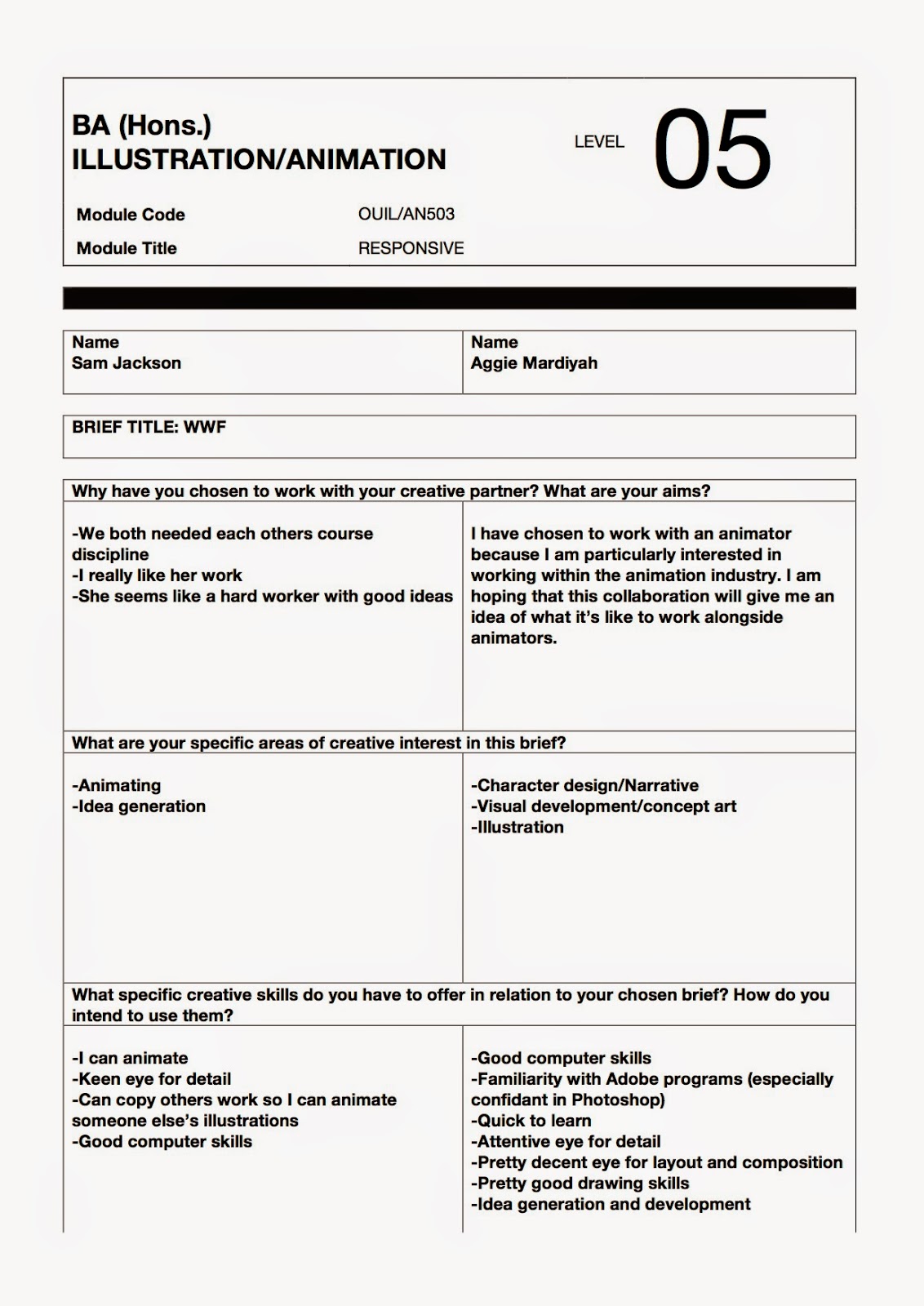- Do you think the idea is engaging enough?
- Does it fit the target audience?
- Which colours do you think would be best suited for the project?
- Does it need anything else to show our idea?
- Are the presentation boards too plain?
- Any other suggestions?
Peer Feedback:
- 2 minutes might be too long. Motion graph is very hard to keep someone engaged for 2 minutes with pure factual information. It might be better looking at the minute mark.
- Boards are nicely and professionally laid out, but there isn't much to show about your actual idea - storyboards etc.
- It definitely reaches the target audience
- Single line to signify interconnectivity is an effective solution, but is it too simple for 2 mins?
- Could have more colours and textures in area but always return to the line.
- Like the info graphic idea, 2 minutes might be a bit ambitious but will work nicely. Liking the colour schemes. Could relate to the audience by using technology in animation.
- Initial idea has potential, but fluidity might require a bit too much time for a 2 min piece.
- Love the idea - the idea of the world unravelling into the human figure.
- Cool idea!
- I like the simplicity! works well.
- The text on presentation board could be reduced to make room for more concepts/images.
- What information is going to be presented in your animation?
- Any concept work or idea? - isn't really clear on what it will really be like.
- Colours:
- 3rd colour chart, 2nd brown texture.
- Blues, greens, brown shades - Earth brown colours in the background
- I think you should use greens and browns but you might need blue is you're doing a globe.
- I like the 3rd column of colours and 2nd background.
- Boards are good - bright colours and graphicy pictures could work for the audience.
What we took from this:
- 2 mins might be too long - make it 1 min instead
- Need some concept art/storyboards to enable others to understand and visualise idea better.
- Colours: Green, brown, blue.
- Mistake on 'Why' column (which I've amended before uploading)














































